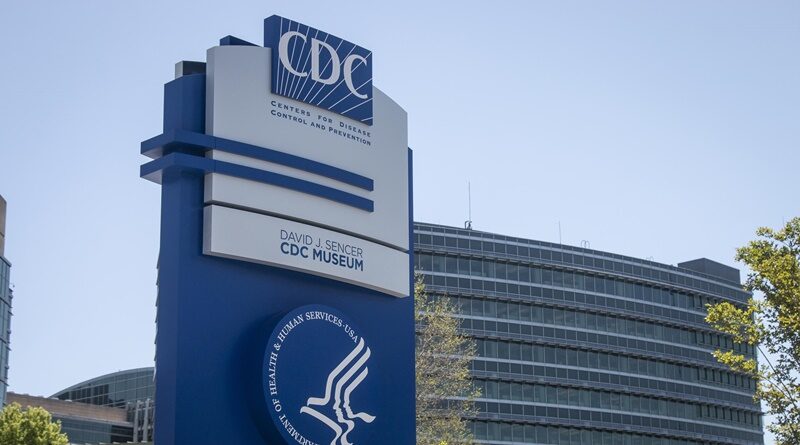CDC Inflated Data About Teen Girls and Sexual Assault
Plus: Lack of independence could cause childhood mental health issues, Biden follows Trump playbook on TikTok, and more…
ELIZABETH NOLAN BROWN — The Centers for Disease Control and Prevention (CDC) inflated data about teen girls and sexual assault in a news release about a new CDC report on teenage mental health. In 2021, the percentage of teen girls who reported that they had ever been “forced to have sex” was up 27 percent since 2019, the health agency said, calling it “the first increase since the CDC began monitoring this measure.”
The percentage of teen girls reporting this in the CDC’s Youth Risk Behavior Survey reporting did rise, unfortunately—but not by quite the magnitude that the CDC news release said, reports Washington Post fact checker Glenn Kessler. The actual increase was not 27 percent, but 18.4 percent.
And even this number leaves some room for doubt, owing to differences in data collection between previous-year surveys and 2021.
“The CDC’s focus on the challenges facing teenage girls — especially regarding mental health — is timely and important. But the CDC’s use of inflated figures on sexual violence could undermine its larger message,” suggests Kessler.
The first problem with the CDC’s data stems from rounding. In 2019, 11.4 percent of teen girls in the Youth Risk Behavior Survey said they had been forced to have sex; in the 2021 survey, it was 13.5 percent. That’s a rise of 2.1 percentage points or—put another way—an 18.4 percent increase. In presenting the data, however, the CDC rounded the 2019 number down to 11 percent and the 2021 number up to 14 percent. Using these rounded numbers, you get a 27 percent increase.
Any increase here is concerning, of course. And whether it’s 11 or 14 percent, that’s still a disturbingly large percentage of teen girls who say they’ve been forced to have sex.
But some experts suggest that CDC data inflate a rise in recent years, since a lot of schools surveyed refused to ask students questions about sexual violence.
The increase in the number of schools choosing not to ask that question is huge. In 2017, 4 percent of schools surveyed didn’t ask their students about any sexual violence and 2 percent didn’t ask about rape, according to mathematician David Stein. In 2019, a quarter of schools surveyed failed to ask questions about any sexual violence and 18 percent didn’t ask about rape. In 2021, 23 percent didn’t ask about sexual violence and, again, 18 percent didn’t ask about rape.
“That could have biased the sample by possibly removing jurisdictions with lower rates of reporting rape and sexual violence,” Kessler points out:
Stein’s analysis of the available 2019 data suggests girls who were not given the questions were considerably younger than those who had received the questions and thus less likely to have had sex and to be sexually active — two factors, he said, that are associated with a higher risk of being a victim of sexual violence.
Elizabeth L. Jeglic, a clinical psychologist who studies sexual violence prevention at John Jay College in New York, said she could not comment specifically on the CDC methodology, but she said sampling and response rate can affect findings. “If the question is asked about lifetime occurrence and younger girls are not being sampled (or less likely to be sampled) you will likely see a higher prevalence rate as older girls will have more years to experience sexual violence than younger girls,” she said in an email.
Kessler notes that “other survey questions with more robust participation by schools — such as violence in dating and violence in bullying — indicated declines, not increases.”
For instance, the National Crime Victimization Survey suggests teen rates of experiencing sexual assault and rape have declined over the past three decades. And the CDC’s Adolescent Behaviors and Experiences Survey (ABES) puts the rape victimization rate at 10.4 percent and the sexual violence victimization rate at 15.3 percent.


The federalists will make up any opportunity they can to insert themselves into the child rearing environment. It was the CDC after all who insisted upon shut downs of schools during the Covid response. The damn Dept. of Education is another big problem with the child rearing environment. The recent move by the US Supreme Court on abortion essentially got the fed out of that sector of child rearing. Naturally some ran around like their hair was on fire about that, but it was a necessary move in the right direction. If you want to start a war, tell your neighbor how to raise their kids.